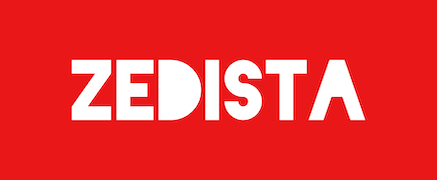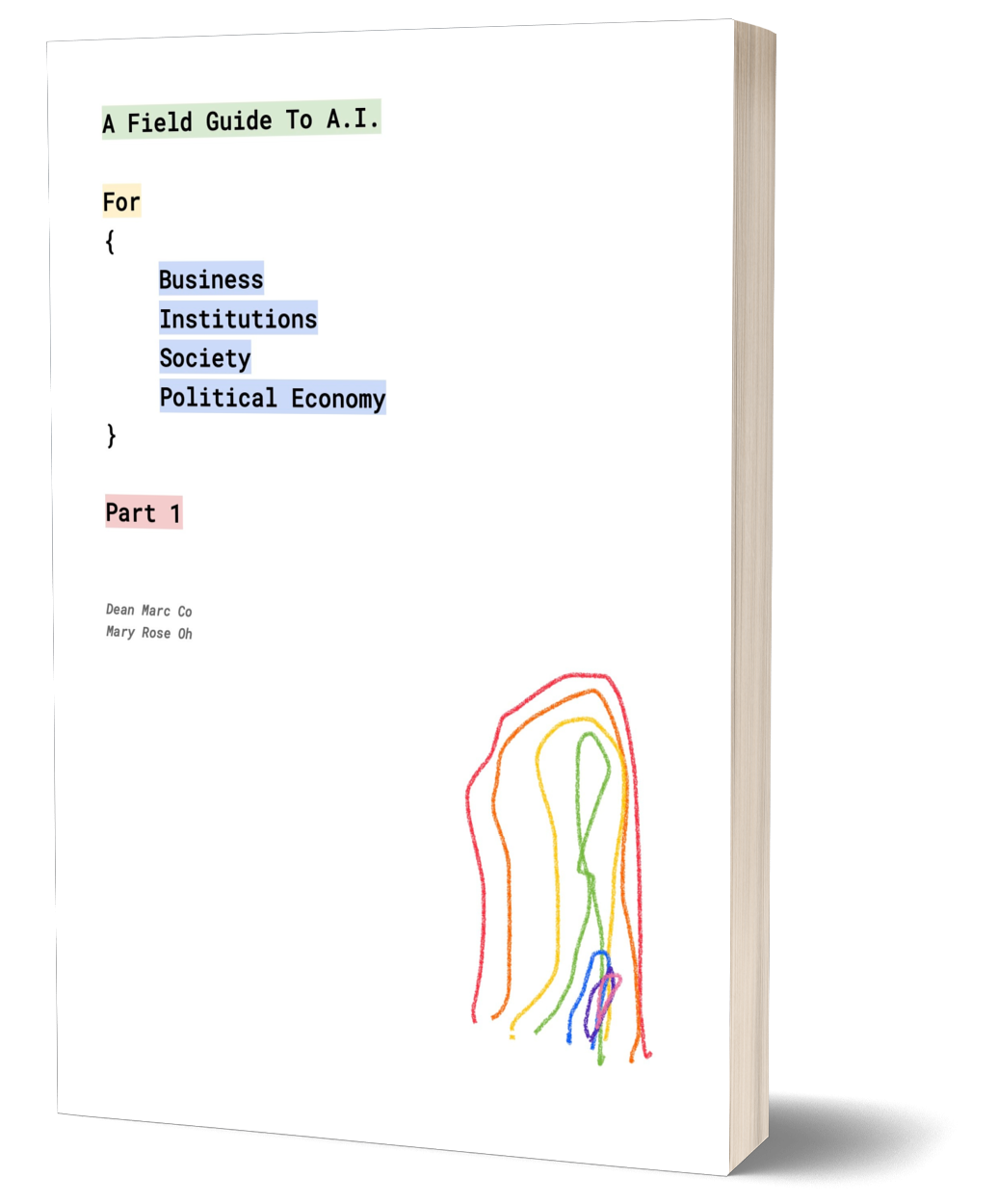Harness digital transformation to grow your business while lowering emissions.
- A focused IT strategy can break the perceived link between lowering emissions and sacrificing business growth.
- IT systems transformation can boost sustainability both in terms of new and legacy technology.
- Digitalization can free up human capital to further optimize your company’s decarbonization journey.
One of the biggest mental obstacles to adopting aggressive emissions reduction goals is a perceived conflict between business growth and emissions reduction.
Intuitively, it makes sense to us that growth – doing or producing more – means a corresponding rise in energy usage and carbon emissions. Under this thinking, reducing emissions means limiting output or buying more costly renewable energy and taking a voluntary hit to the bottom line. The facile nature of the argument is why it is so often used as a cudgel against progressive environmental policy.
From our partners:
But this need not be the case and, as we often find, technology can be part of the solution. One of the reasons I chose a career in technology is the opportunity to help overcome seemingly intractable challenges. Fortunately, there are several concrete, explainable, IT-focused mindset changes that organizations can adopt to decouple business results from emissions growth:
Transformation is your growth engine
Transformation is often intimidating for organizations because of the requisite investment, as well as the familiarity of old systems and applications. The organizational change required to adopt new systems can be daunting, and it’s often easier to defer expenditures can be easily deferred as a quick balance sheet fix.
But the true cost of sustainability is often misunderstood – especially in an environment where emissions reductions are a matter of market access. After all, it’s predicted that 90% of Global 2000 companies will soon mandate IT carbon-neutrality targets and energy reductions for their vendors. Your sales force will, quite literally, have to sell the sustainability of your operations to close deals. Viewing lower-carbon transformation as optional leaves money on the table.
Fortunately, there’s a great deal of low-hanging fruit in the IT estates of most organizations. For example, most virtual environments utilize only 30% of the compute capacity they’re paying for, making optimizing of CPU capacity through consumption-based models attractive. Overall, 40% of data centre servers consume 66% of data centre power while performing only 7% of all work. A shift to either more efficient and modern on-premise servers, some with liquid cooling, or an energy-efficient and renewable-powered data centre is a straightforward way to reduce energy costs and emissions. There’s even an opportunity in the application life cycle to replace legacy code with that optimized for a cloud environment, saving energy and providing a value proposition to your organization and your customers via reduced emissions.
Adding to this journey’s counter-intuitive nature is that your legacy IT is still a key asset. In fact, it can contribute to making that transformation affordable and reducing your environmental impact while boosting sales. Upgrading your IT and consolidating older infrastructure can put money back in your pocket by both reducing your monthly energy bills and freeing up value from retired assets that can be reinvested into your business for other projects.
Embrace automation and digitalization
Human intervention is often applied to procedures and processes where it is not necessary. This is a cost sink in two important ways: firstly, it overlooks carbon-intensive inefficiencies that can be identified and remedied in real time by technology, and it also wastes high-value human capital on lower-value functions.
You can enhance the value of your human capital by freeing your employees using AI and machine learning, and in so doing reduce your organization’s carbon intensity. Manual intervention in numerous processes and functions, such as physical plant status, network state, machine tuning and maintenance, is a missed opportunity to apply AI and machine learning in the interest of streamlined, lower-carbon automation and digitalization.
By taking live bodies out of these tasks, you’re freeing them up to focus on things that can only be done with the human mind – talent management, thought leadership, innovation, and a myriad of other things that increase the long-term success and viability of your enterprise – doubling the opportunity value of a carbon-conscious technology shift.
All of this isn’t to say that it’s easy to shift the mindset necessary to adopt IT for a more sustainable organization. But it is possible. Look no further than my homeland of Ireland’s journey. Ireland is a global leader in wind energy production with 30% of its energy now produced by wind farms.
It wasn’t always that way. Despite having one of the most blustery coastlines in the world, wind farms initially received significant pushback from the population. Peat and coal were abundant, cheap and familiar. Wind turbines were costly and foreign. On top of this, the concept and reality of climate change weren’t always as tangible as they are today.
But energy has always been notoriously expensive there. As wind turbines slowly began to speckle the Irish landscape and energy costs crept down, acceptance soared. Now, 80% of the population backs wind farms, both because of the economic benefit and because the consumer – the Irish public – increasingly demanded climate-conscious energy. The market saw transformation as an opportunity, not a trade-off. So should we all.
By: Fidelma Russo (Executive Vice-Present and General Manager, Hybrid Cloud; Chief Technology Officer, Hewlett Packard Enterprise)
Originally published at: World Economic Forum
For enquiries, product placements, sponsorships, and collaborations, connect with us at [email protected]. We'd love to hear from you!
Our humans need coffee too! Your support is highly appreciated, thank you!

